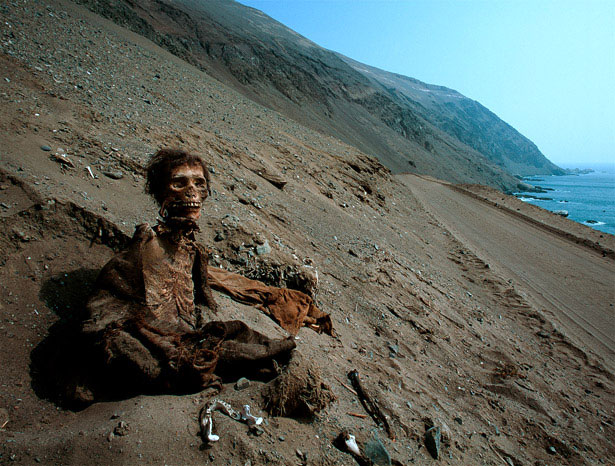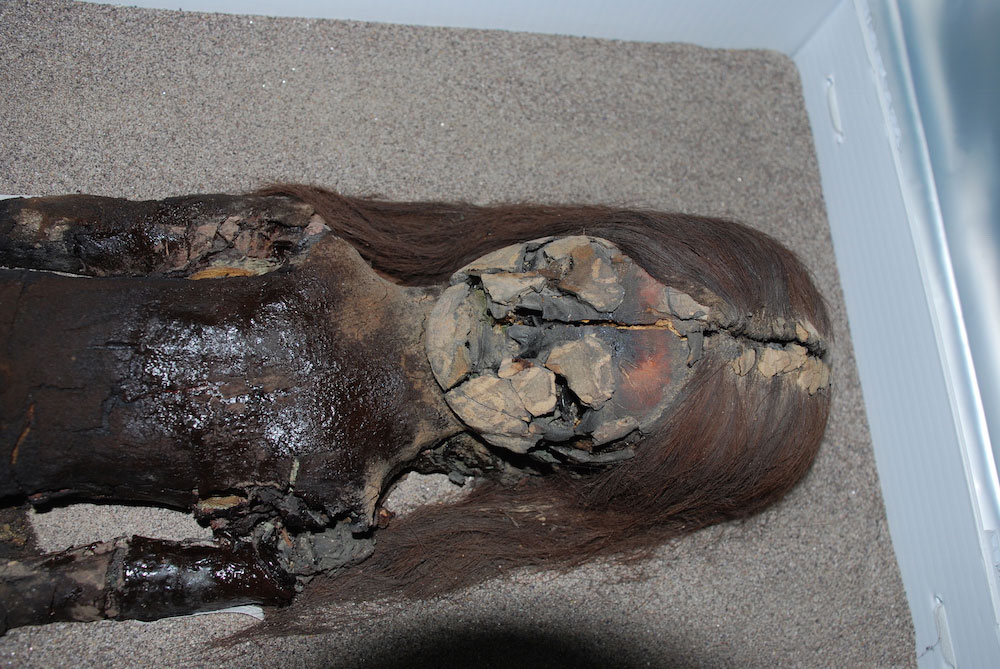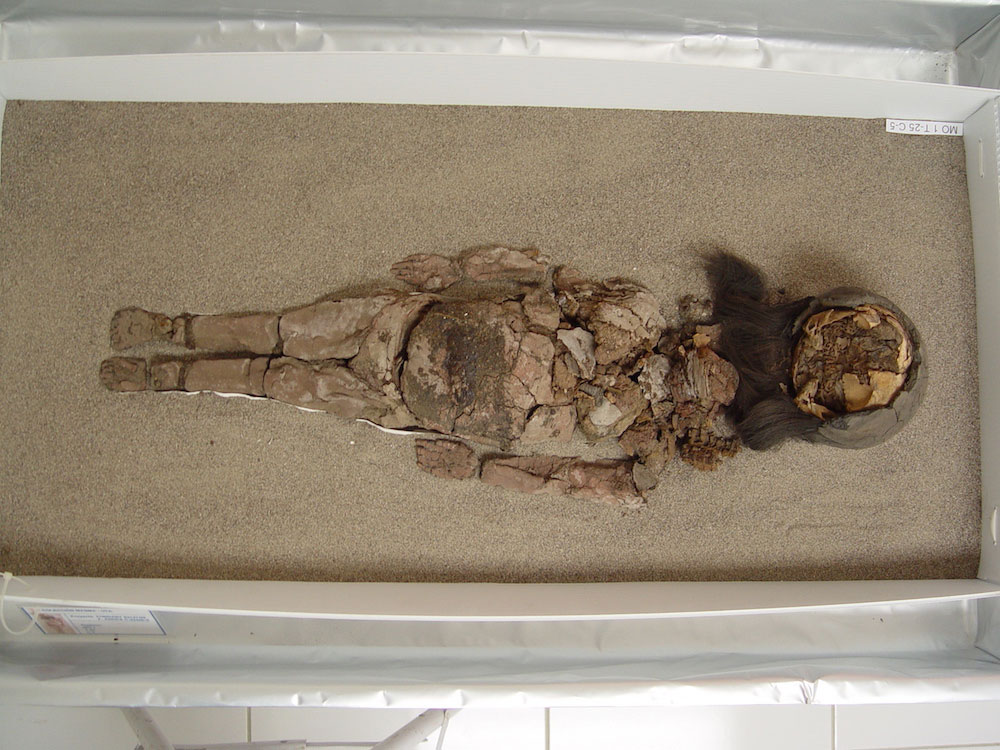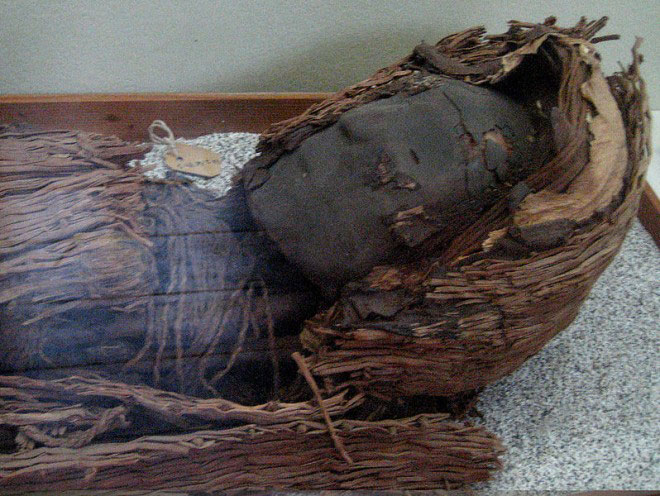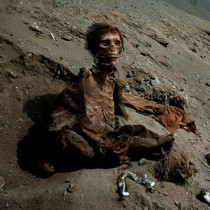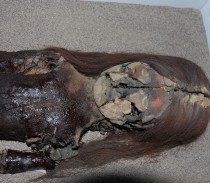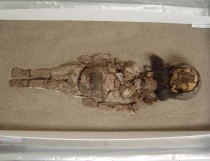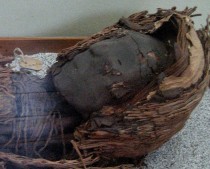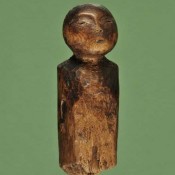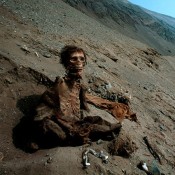Chinchorro mummies, now housed in the collection of the University of Tarapacá’s San Miguel de Azapa Museum in Arica, Chile, having survived for thousands of years, are now rapidly degrading. Archaeologists have managed to trace the cause of the degradation and prevent further deterioration of the mummies.
Nearly 120 Chinchorro mummies are housed in the collection of the University of Tarapacá’s archeological museum in Arica, Chile. That’s where scientists noticed that the mummies were starting to visibly degrade at an alarming rate. In some cases, specimens were literally turning into a black ooze.
Archaeologist Marcela Sepulveda of the University of Tarapacá, who specializes in materials characterization, turned to Ralph Mitchell, Gordon McKay Professor of Applied Biology, Emeritus, at theHarvard School of Engineering and Applied Sciences.
Mitchell and his team examined the microbiome on the samples of degrading mummy skin and undamaged skin sent to Massachusetts from the museum’s collection. “With many diseases we encounter, the microbe is in our body to begin with, but when the environment changes it becomes an opportunist,” Mitchell said. They found microbes in both sets of samples, deteriorating and unharmed, that in very humid conditions, triggered black, oozing damage to the skin. Sepulveda reported that humidity levels in Arica have been on the rise. This precise information will help the museum staff preserve the mummies in the collection.
However, according to experts, there are large numbers—perhaps hundreds—of Chinchorro mummies buried just beneath the sandy surface in the valleys throughout the region. They are often uncovered during new construction and public works projects. Rising humidity levels may make the unrecovered mummies susceptible to damage as well. While the degradation process is relatively controlled at the museum, it is worse in sites exposed to the natural environment.
